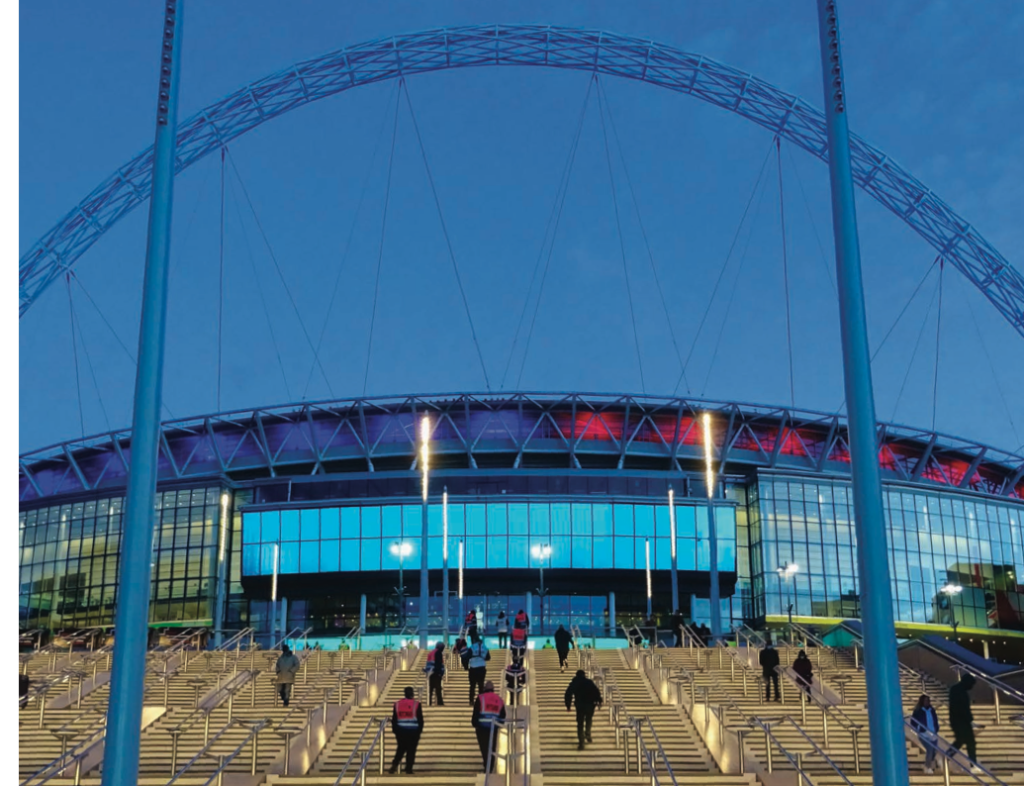
In the latest copy of Crisis Response Journal, our CEO, Professor Christopher Kemp, describes how we can rethink security and safety at crowded venues, using the UK’s Wembley Stadium Olympic Steps project as an example.
This CRJ article provides an insight into a project that took nearly five years to deliver – the iconic steps that now provide the gateway to Wembley Stadium in Brent, London.
Taking into consideration compliance, safety concerns, a pandemic, structural integrity and the need to test in a small time window, this project provided stakeholders with a series of difficult and often problematic risks.
Some of his main points about the project were that:
Much of the planning was concerned with physical resource, but human resources was just as important.
Ongoing training and retention of key staff was critical.
Risks were constantly changing in terms of finance, human resources, customer orientation, design delivery and health and safety.
The constant process of providing security, safety and service was vital.
To learn more about re-imagining crowd safety at crowded venues, please click on the button below to download this article in full…
The CRJ is the global resource for crisis management. It provides information on all aspects of human-induced disasters and natural hazards, spanning response, disaster risk reduction, resilience, business continuity and security. To subscribe, please follow this link…bit.ly/CRJauthor
Professor Chris Kemp is the CEO of Mind Over Matter Consultancy Ltd (MOM) – a company that delivers cutting edge management consultancy and quality education provision. Chris is experienced in the fields of event safety, crowd safety, emergency planning, crowd science, leadership and risk management.
